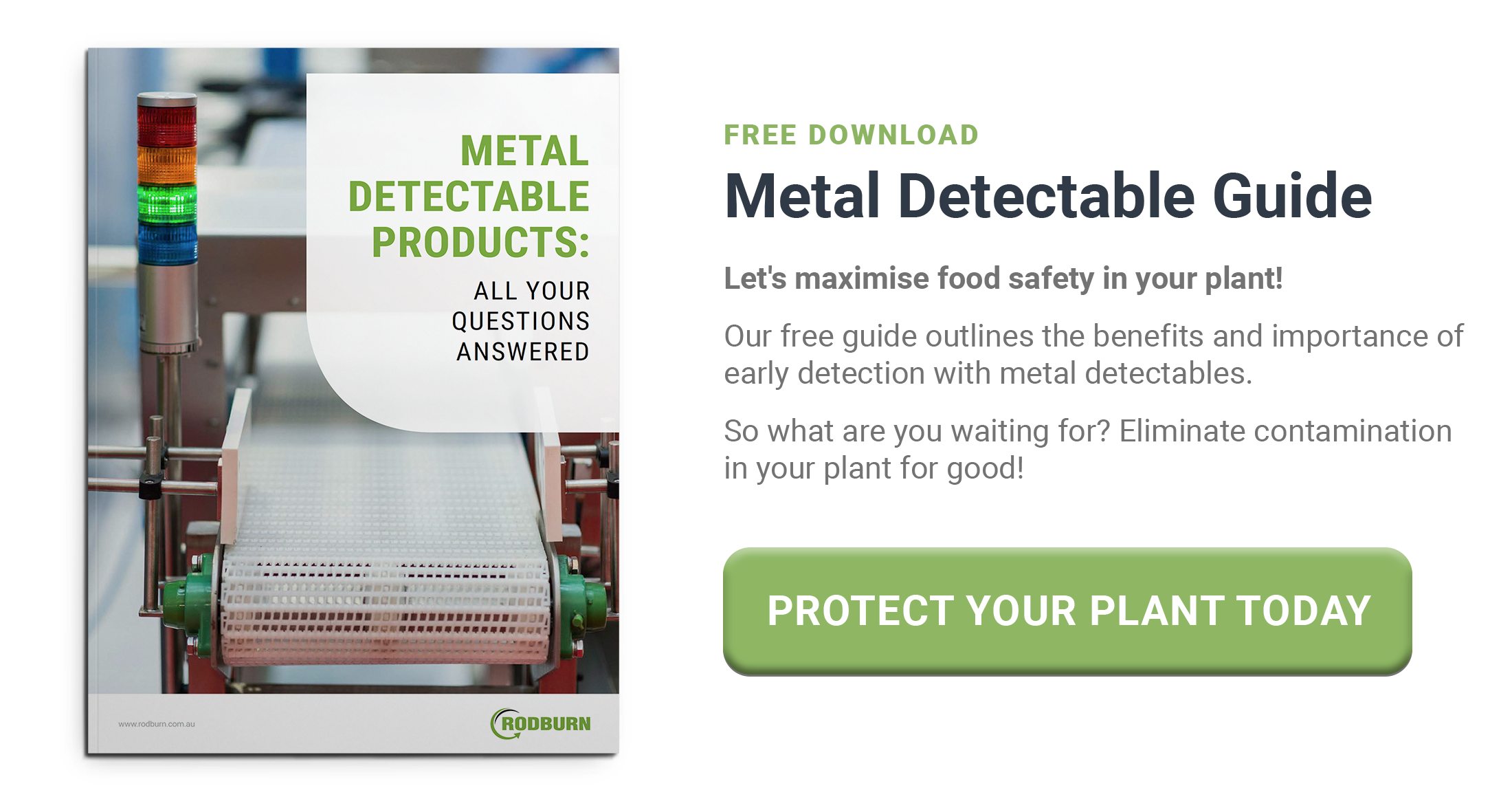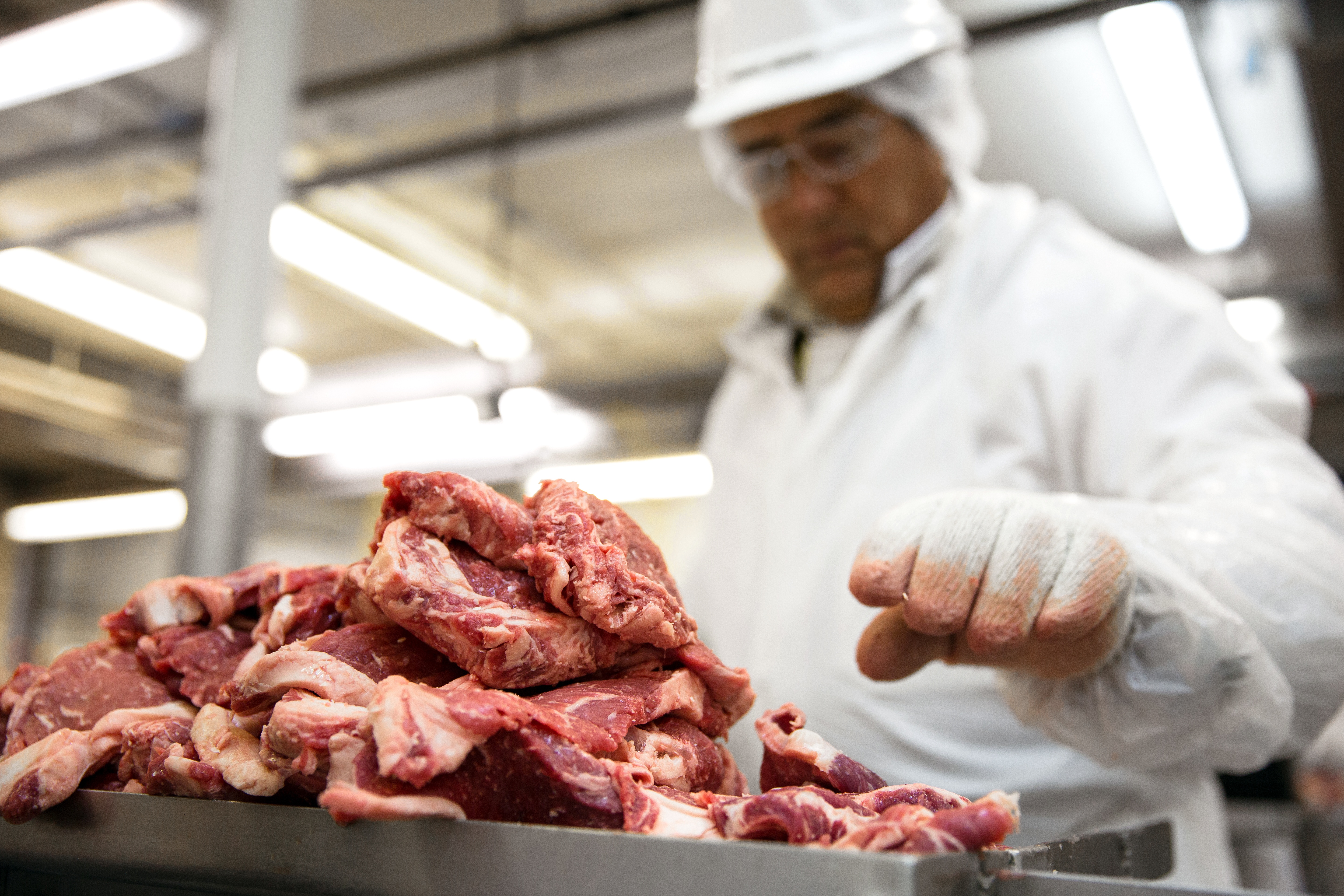A clean plant is a safe plant, and one that is at minimal risk for costly food recalls. Here’s how you can optimise the cleaning and sanitation processes in your plant.
Cleaning and sanitation are crucial to the success of any food processing plant, ensuring public health and safety and maintaining consistently high standards that consumers can trust. Here are several strategies to make sure that your plant remains compliant with all the relevant health and safety regulations.
- C-I-P as part of your daily routine
Cleaning in Place (CIP) is a common practice in a variety of food processing plants, including dairy, processed food, beverage and brewery plants. Replacing manual strip down and cleaning systems, CIP involves cleaning complete items or circuits without dismantling or opening the equipment, and with little or no manual involvement from the operator. It involves the jetting or spraying of surfaces or the circulation of cleaning solutions through the plant under increased turbulence and flow velocity.
The only catch is that it is usually not possible to apply this process in plants that have not been designed for CIP in the first place, because they must be made from materials that are resistant to the cleaning chemicals, and be non-toxic, smooth, non-porous and free from crevices capable of harbouring bacteria.
- The importance of cleaning equipment
Cross contamination from allergens and pathogens is one of the main causes of food recalls, and are not to be underestimated. They pose a serious risk to public health, but can be minimised with proper and rigorous cleaning practices. Smooth or stainless steel surfaces are generally easier to clean, and team members need to ensure that any parts of equipment that can harbour pathogens or allergens are thoroughly cleaned between uses.
To avoid potential litigation, the correct cleaning and sanitising chemicals need to be employed, and equipment must be regularly cleaned according to schedule. For cleaning to be effective, equipment must be freely accessible and staff must have adequate training if machines need to be unassembled. Control buttons, screens and bearings often require their own special cleaning protocols.
- How colour coding can help with compliance
Colour coding minimises the risk of cross-contamination by designating certain colours for a specific area or purpose within the plant. They are designed to promote safety and facilitate good hygiene practices. Colour coding identifies where items belong within the plant and enables workers to follow correct procedure with waste disposal. Many businesses are adopting this strategy in order to stay HACCP compliant.
Colour coding improves food safety by preventing the mix up of tools and utensils between different areas, preventing pathogens and allergens from travelling within the plant. Colour is universal, so it doesn’t pose the same challenges that verbal or written instructions have. It doesn’t matter what languages people speak because colour is the same for everyone
Food processing plants with a rigorous approach to cleaning and sanitation can avoid the expense and public embarrassment of food recalls. Colour coding, CIP and clean equipment are all part of an effective three-pronged approach to food safety.
Want to more about how you can avoid a product recall? Download our Product Recall Guide!






